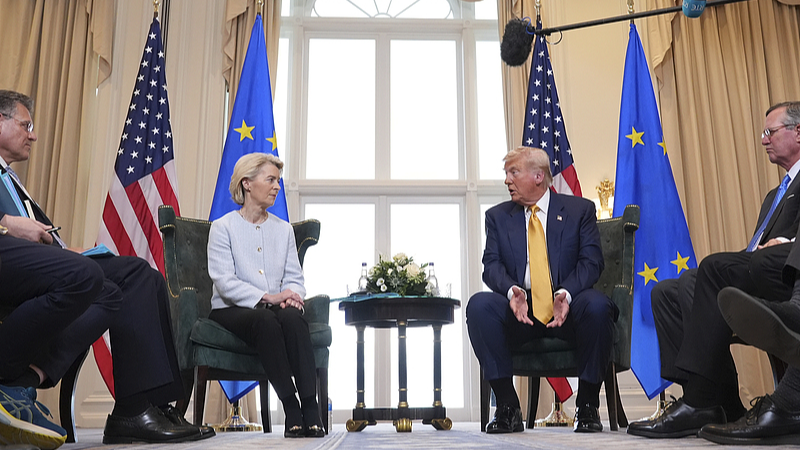Under the gray skies of Scotland’s rugged coast, U.S. President Donald Trump and European Commission President Ursula von der Leyen announced a landmark trade deal, aiming to rebalance commerce between the world’s two largest economies.
A New Tariff Framework
The agreement sets a baseline tariff of 15 percent on European Union goods entering the United States, a drop from the 27.5 percent peak during Trump’s previous term. In exchange, a broad range of American exports—from cars to agricultural produce—will enter the EU with zero tariffs.
Key figures:
- 15%: New U.S. tariff rate on EU goods
- $750 billion: EU commitment to U.S. energy purchases
- $600 billion: EU pledged investments in the U.S.
Balancing Act or Tilted Scales?
European Parliament trade chief Bernd Lange called the deal “unsatisfactory” and “significantly imbalanced,” warning of potential threats to EU jobs and economic stability. He highlighted that pre-deal tariffs covered over 70 percent of EU exports to the U.S., including 50 percent on steel and aluminum and 25 percent on cars.
“Concessions have been made that are difficult to bear,” Lange said, pointing to the fourfold increase in average tariff levels for European goods versus zero duties on U.S. imports.
Next Steps and Global Impact
With focus shifting to energy diversification and investment flows, this deal sets a new tone for transatlantic relations. Young entrepreneurs, travelers, and activists will watch closely as these economic ripples influence market access, supply chains, and geopolitical ties.
Reference(s):
U.S., EU seal trade deal amid concerns over tariff imbalance
cgtn.com




